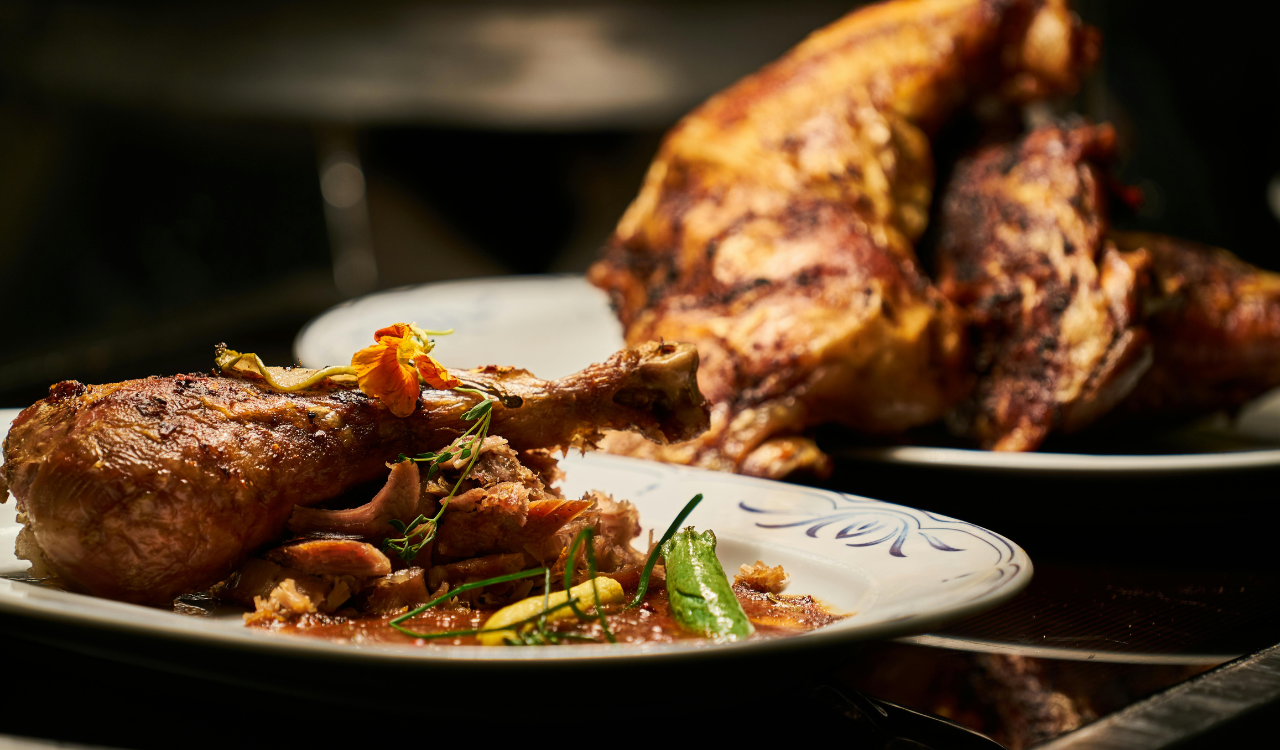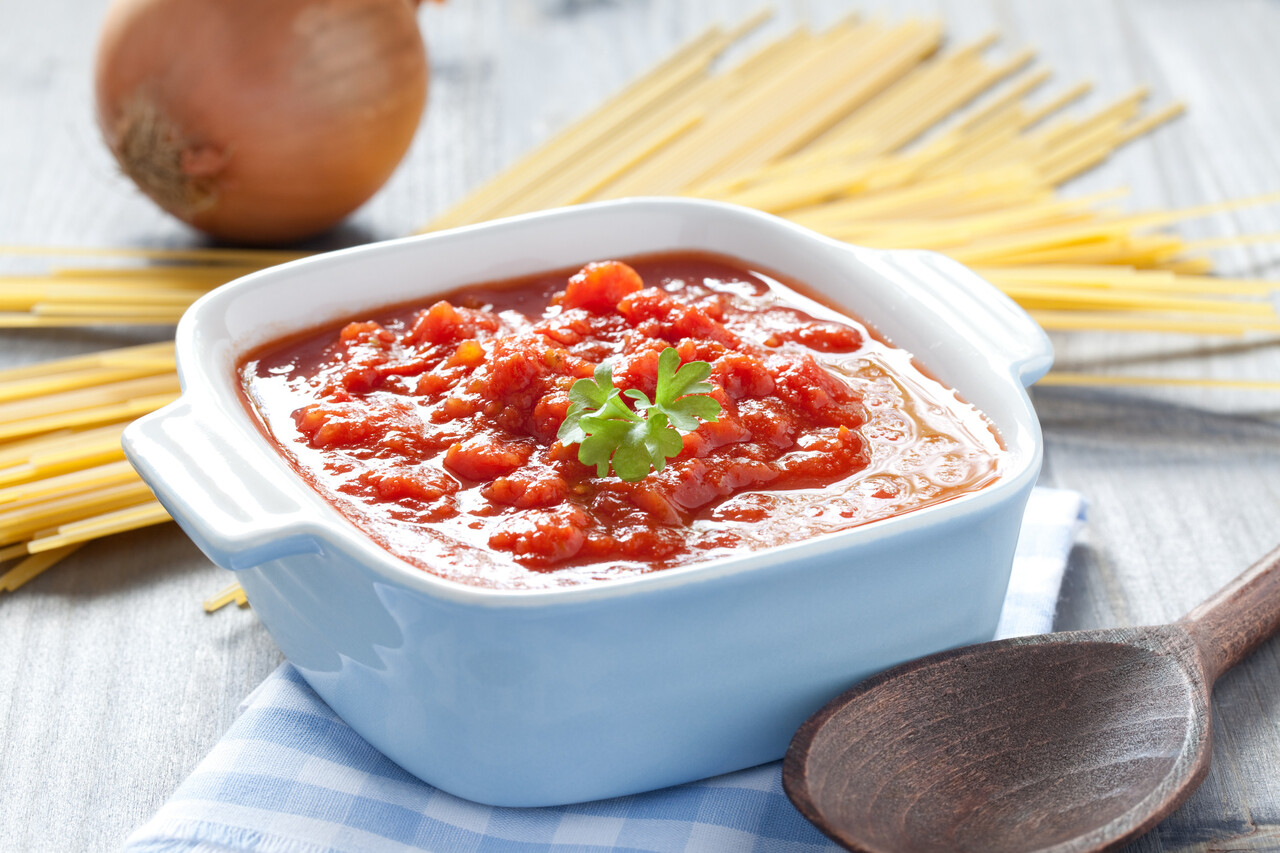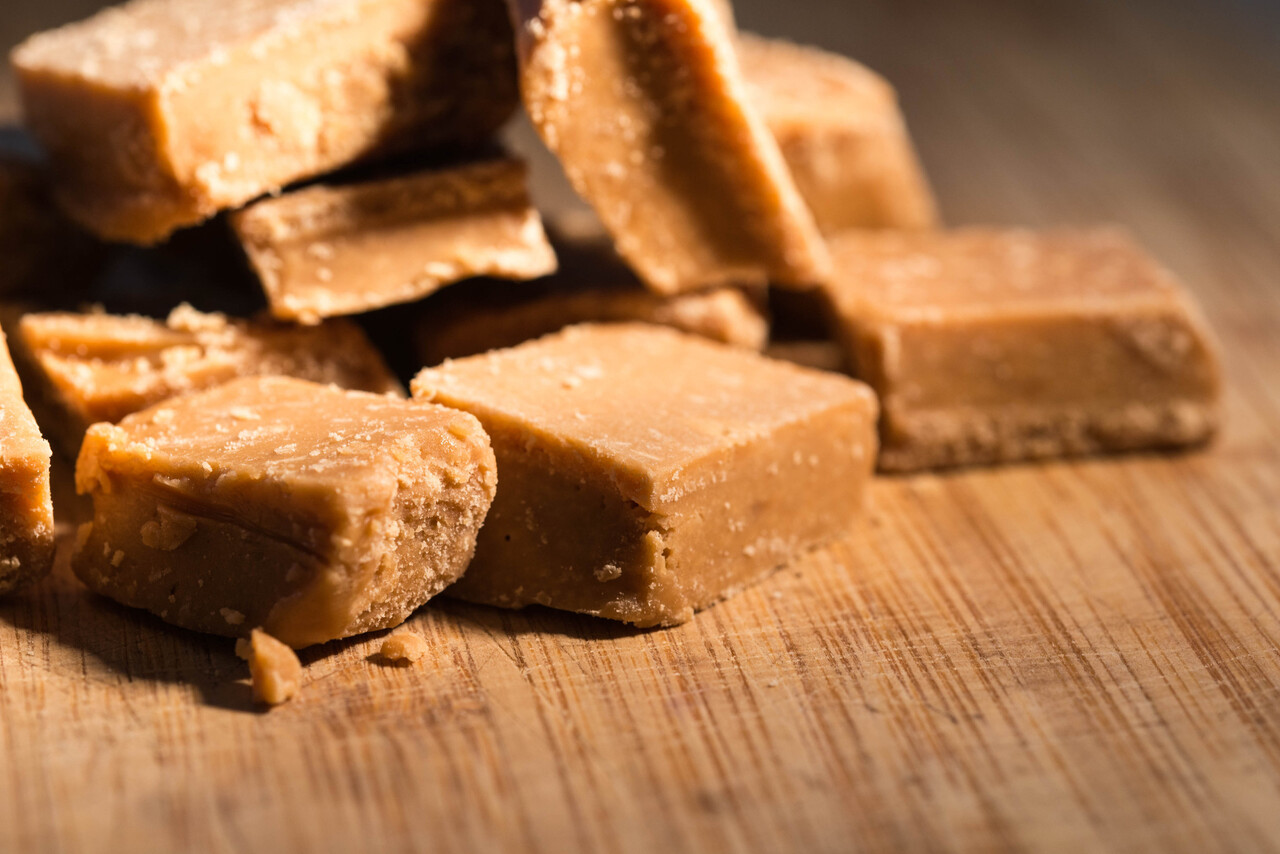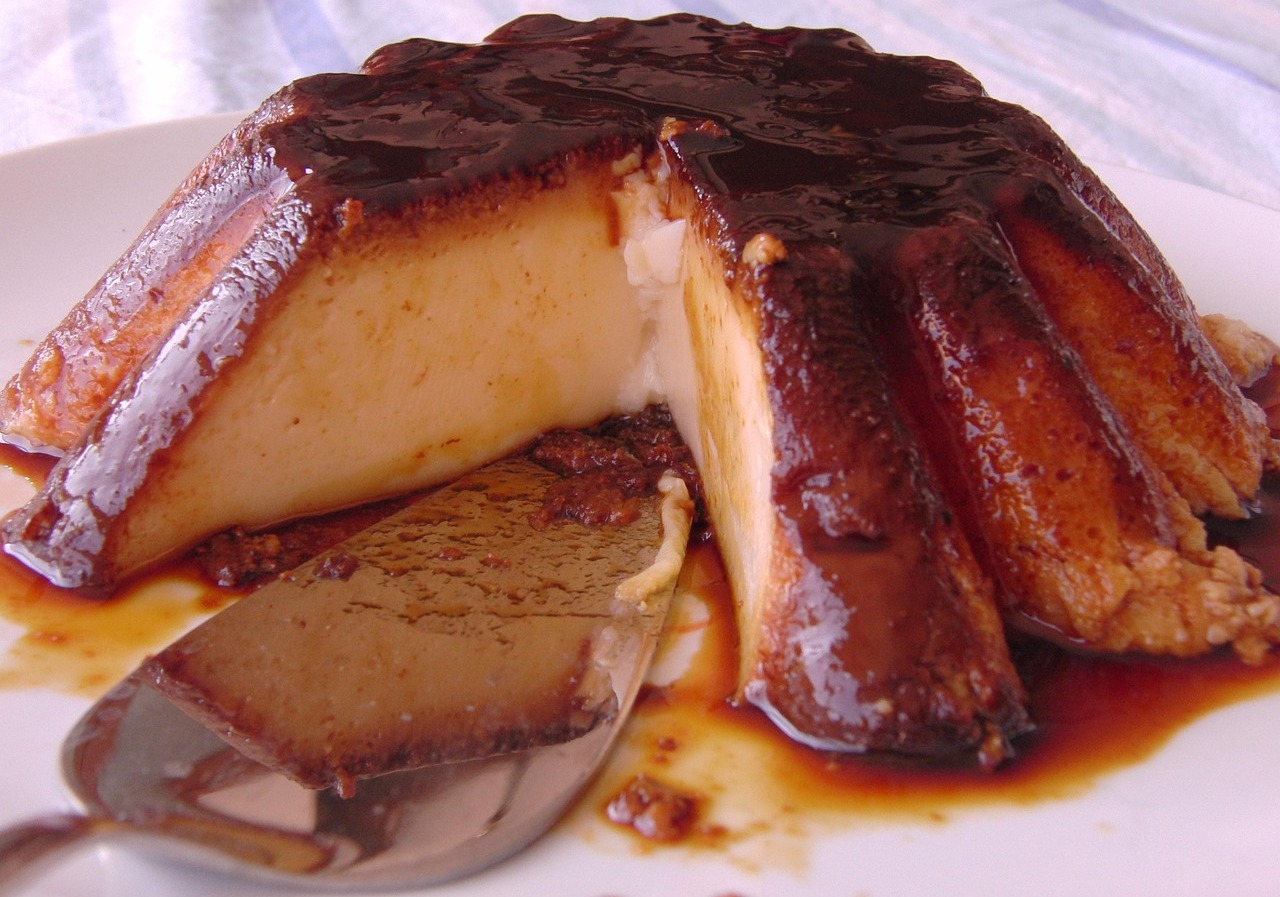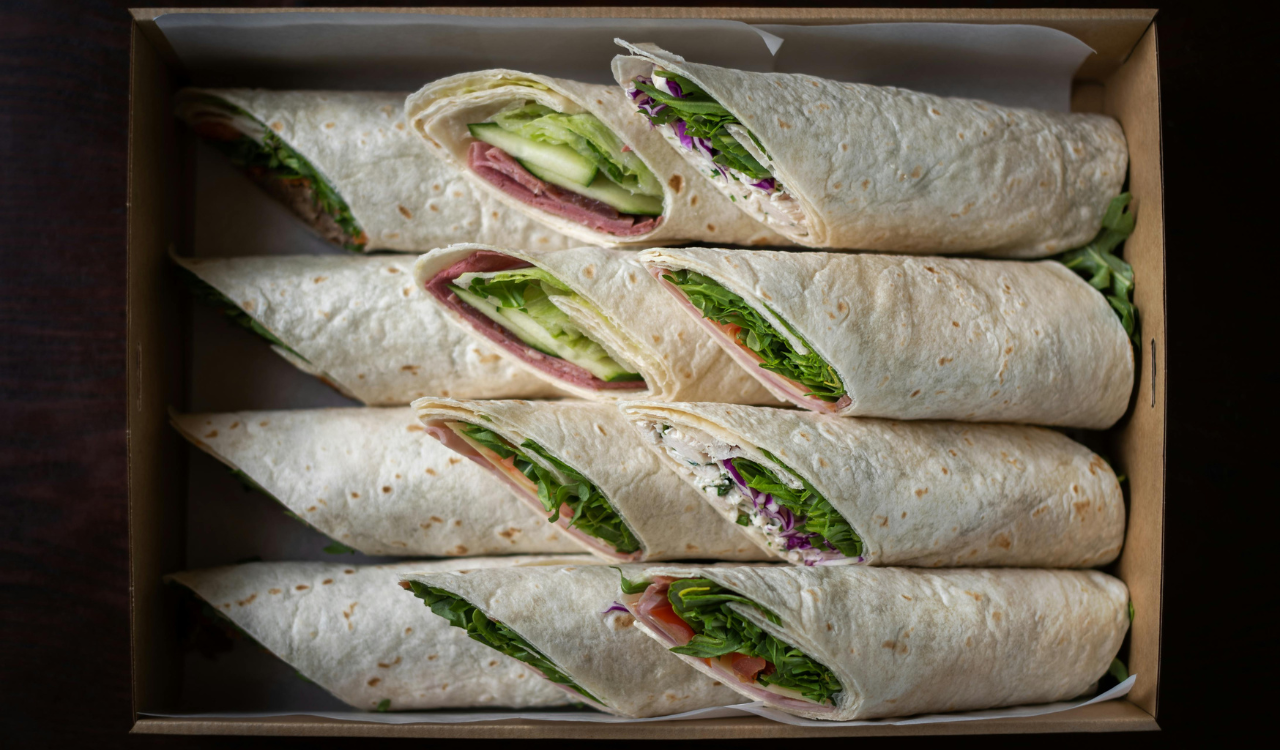12 Cities Worth a Food‑Only Vacation Around the World
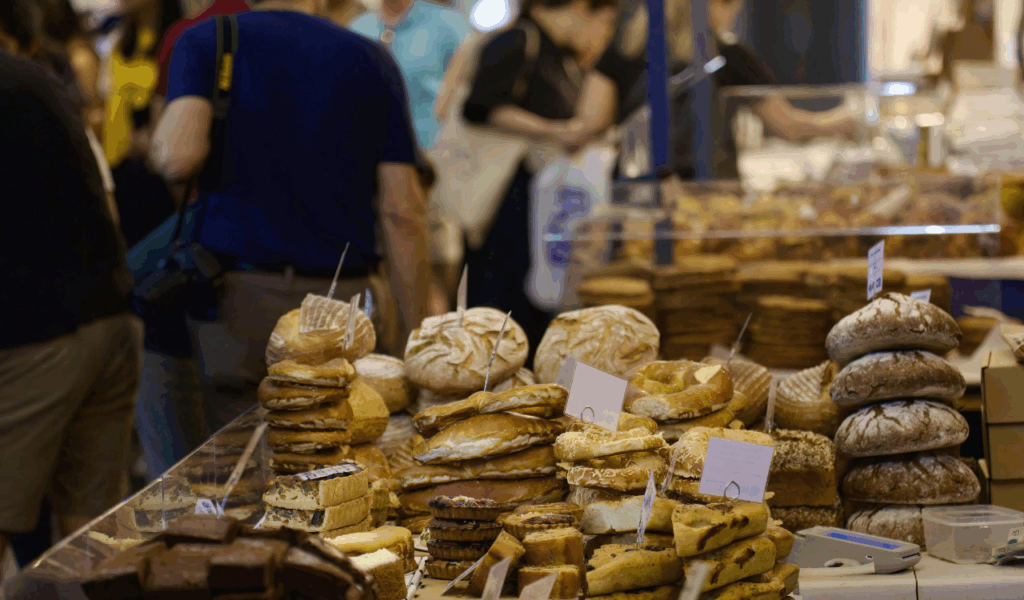
These 12 cities should be on your bucket list if your dream vacation is about more than just where you sleep or what you see. You could spend whole days exploring local markets, neighborhoods, cafés, and homes, all of which offer a distinctive, rich, and immersive culinary identity. I’ve chosen a few cities below that are well-known for their complex, multi-layered culinary cultures rather than just one signature dish. street cuisine, historic kitchens, and contemporary invention. Let’s travel the world and feast.
1. Bangkok, Thailand
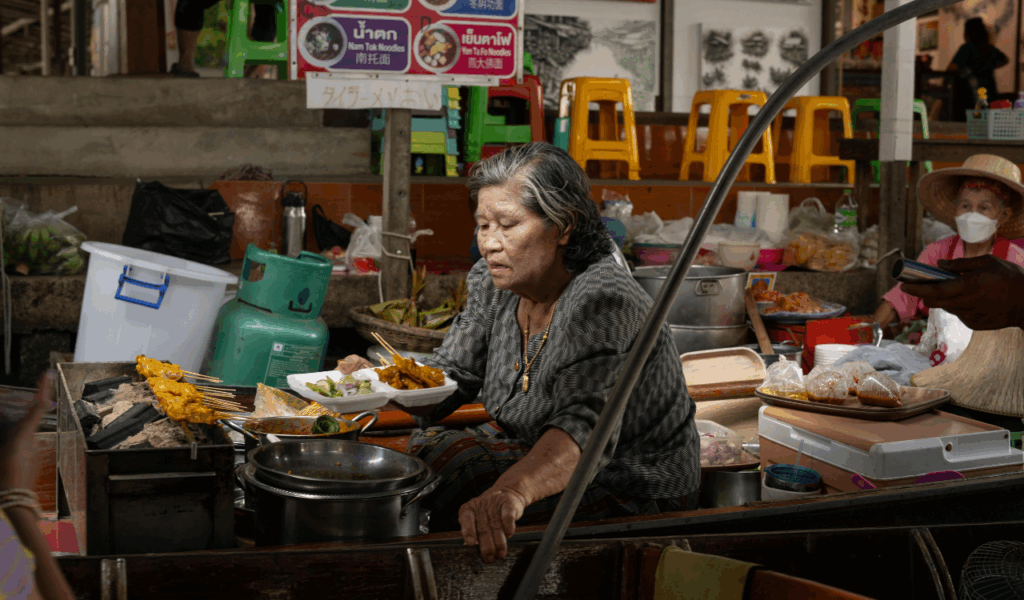
Because of the sheer volume and variety of its culinary options, Bangkok is frequently mentioned as a top-tier food city. Boat noodles, pad Thai, tom yum, mango sticky rice, and Isan specialties can all be found within a few streets, from modest street vendors to upscale fusion restaurants. You can observe, learn, and sample at the city’s wet markets, night markets, and floating markets, which function as living food laboratories. Additionally, chefs there use inexpensive local ingredients. Chilies, rice, and herbs. And transform them into surprises for the senses.
2. Lima, Peru
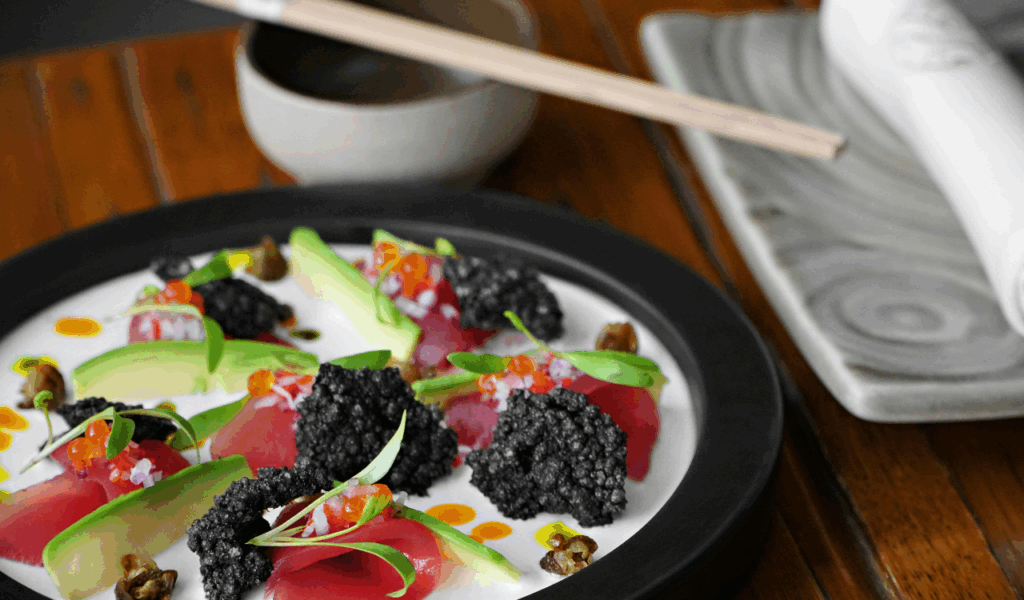
The abundance of the coast, native customs, and immigrant influences (Spanish, Chinese, and Japanese) all contribute to Lima’s reputation for delicious cuisine. It is regarded as the culinary star of Latin America. Ceviche, causa, anticuchos, and lomo saltado are just a few of the city’s well-known eateries and markets that introduce unknown Amazonian ingredients into urban kitchens. Lima becomes a showcase city due to the abundance of biodiversity in Peru. In a single journey, you experience the flavors of the coast, rainforest, and Andes.
3. Osaka, Japan

As a culinary capital, Osaka is well-known in Japan and abroad. Some even refer to it as “Japan’s kitchen.” Freshness, umami, and playful refinement are the cornerstones of its cuisine, which is supported by its proximity to rich fishing waters and its merchant past. Sushi bars and secret izakayas coexist with street cuisine such as takoyaki, okonomiyaki, kushikatsu, and doteyaki. The city blends environments that require slow reverence with a fast-paced, amiable eat-on-the-go culture. Here, eateries and booths serve as both social gathering places and service locations.
4. Penang (George Town), Malaysia
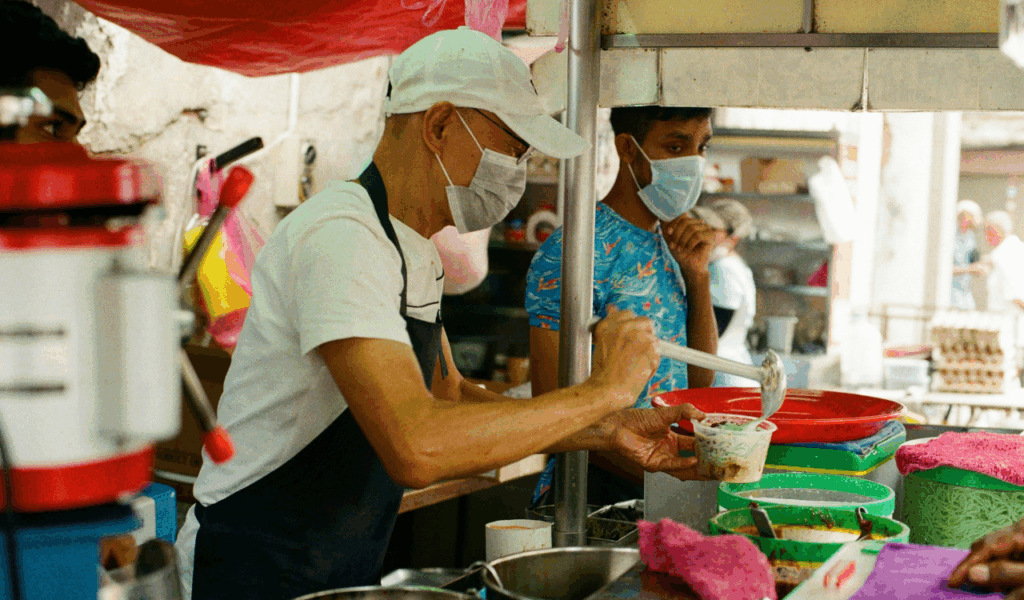
Penang, particularly George Town, is hailed as the center of Malaysian street cuisine. Assam laksa, char kway teow, nasi kandar, and rojak are examples of the city’s hybrid cuisine, which combines influences from Malay, Chinese, Indian, Peranakan, and Thai cuisine. With food vendors, markets, and hawker centers, the streets come alive at all hours. What’s unique is how immigrant and local families preserve recipes that have been passed down through the generations, resulting in a layered yet cohesive culinary landscape. George Town’s UNESCO heritage character aids in the preservation of historic dining establishments.
5. Lyon, France

For good reason, Lyon is frequently referred to as the culinary center of France. It combines a culture of fresh markets, butcheries, charcuteries, regional cheeses, and symphonies of sauces and stocks with a rich tradition (the renowned “bouchons,” small, hearty restaurants). Lyon has access to excellent produce, meats, and wines because of its location between rivers, vineyards, and agricultural areas. French cuisine has historically been elevated by chefs from this region. Without the Paris glitz, a culinary-only vacation here means sampling traditional French cuisine at its origin.
6. Istanbul, Turkey
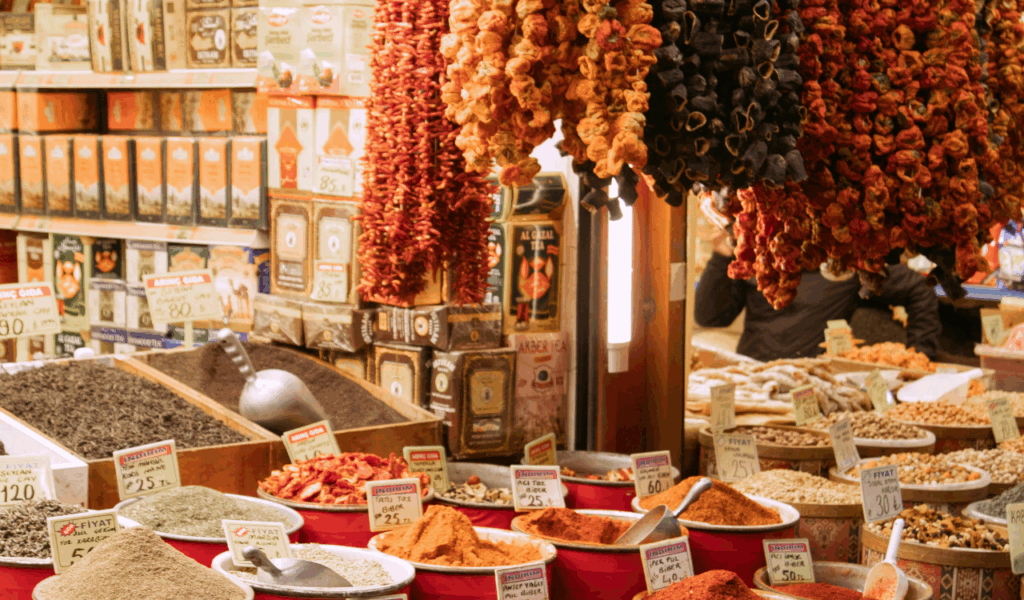
Istanbul is a cross between continents and cuisines; its cuisine reflects migration, empires, and trade routes. Bread ovens, fish markets along the Bosphorus, nighttime meyhane (tavern) fare, and dessert stands brimming with Turkish ice cream, baklava, and lokum are all worth seeing. The table is dominated by meze plates, fresh produce, olive oil, fermented foods, grilled meats, and spices. The way that neighborhoods are infused with edible traditions is what makes Istanbul unique. Eat, walk, eat again, walk.
7. New Orleans, USA
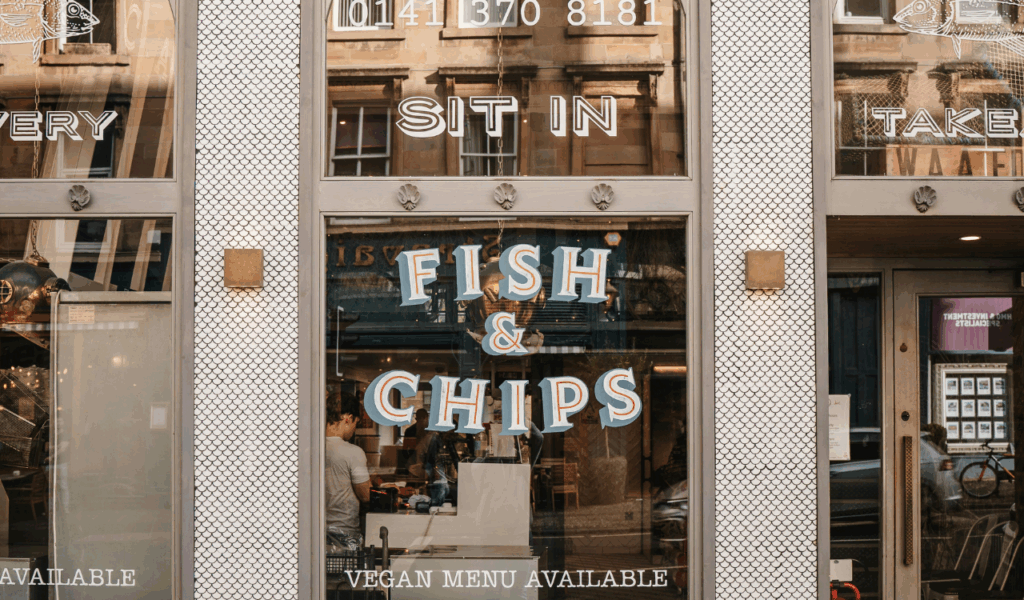
A unique American culinary destination is New Orleans. Gumbo, jambalaya, po’boys, beignets, red beans and rice, crawfish boils, and other dishes are influenced by its Creole and Cajun heritage. Music, festivals, cultural customs, and local seasons are all connected to the cuisine (seafood varies depending on the season). Indulging in soul food at Sunday brunches, late-night jazz clubs, morning cafés, and, when available, street vendor crawfish are all part of a food-focused trip here. The cuisine of the city is a living narrative.
8. Mexico City, Mexico
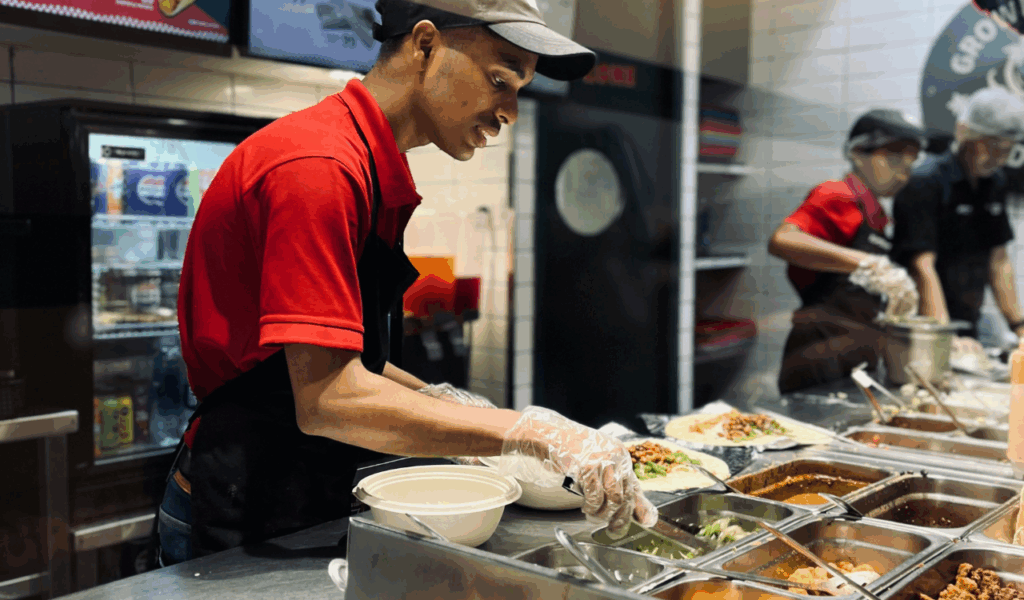
Mexico City combines street authenticity with ambitious culinary standards. Regional cuisines from all over Mexico come together here, including street cart tacos, pulque bars, tamales, tlacoyos, tacos al pastor, and mole variations. You can visit lively markets like Mercado de San Juan, eat in restaurants featuring modern cuisine, and enjoy mezcal or pulque in secret bars. It’s big, disorganized, and unrelenting.However, that implies there are opportunities everywhere.
9. Hanoi, Vietnam
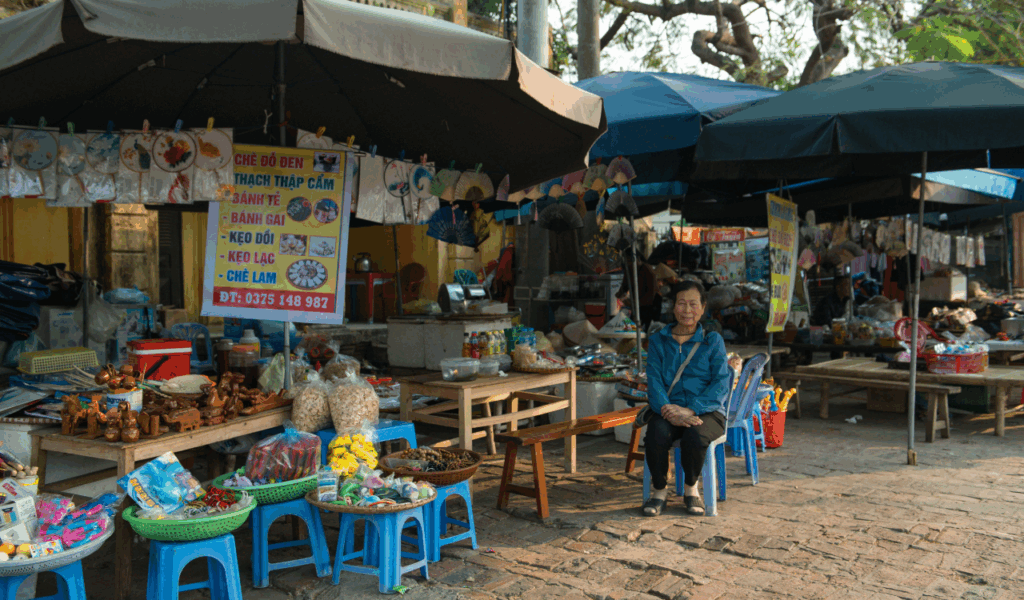
Hanoi is a culinary pilgrimage for northern Vietnamese cuisine, but Saigon (Ho Chi Minh City) usually receives the most attention. In its alleys and marketplaces, you can find pho, bun cha, cha ca, egg coffee, banh mi, bun thang, and regional country bites. Here, food tends to be balanced. delicate herbs, light broths, grilled, steamed, fermented, and fresh rice noodle textures. A trip to Hanoi focused solely on food involves exploring alleys, conversing with vendors, and learning about traditional recipes that are still used today.
10. Tel Aviv, Israel
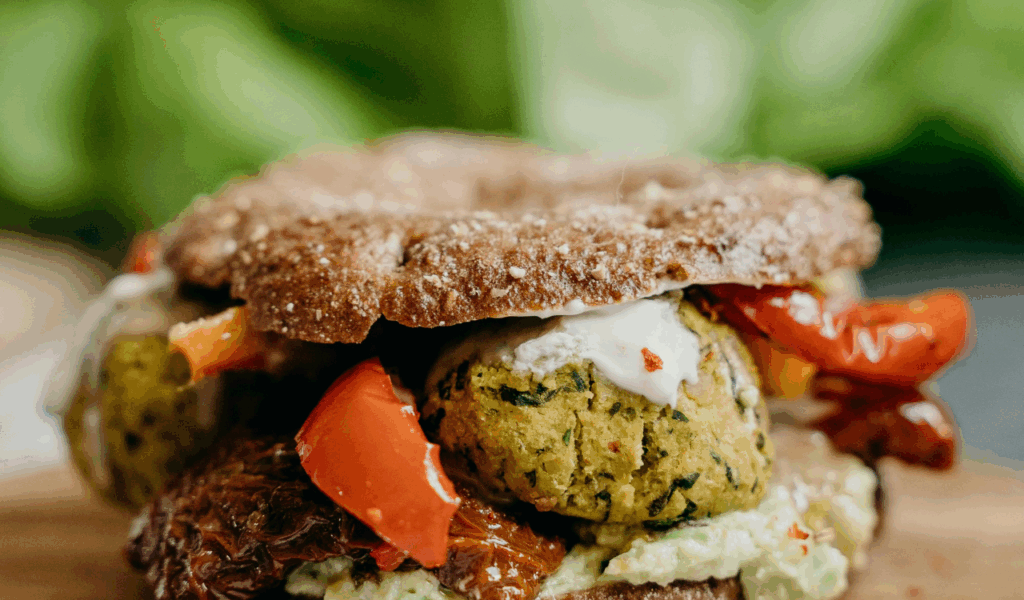
Combining Levantine, Mediterranean, Middle Eastern, and immigrant cuisines, Tel Aviv is a modern culinary powerhouse. Fresh fish, street falafel, shakshuka, sabich, hummus bars, fine vegan dining, and fusion experiments are all available. The city is also teeming with culinary adventures at night. Pop-ups, food trucks, and late-night markets. High-quality ingredients (fresh produce, olive oil), contemporary cooking methods, and culinary innovation in a city that welcomes trends and renaissances are what distinguish it.
11. Oaxaca, Mexico
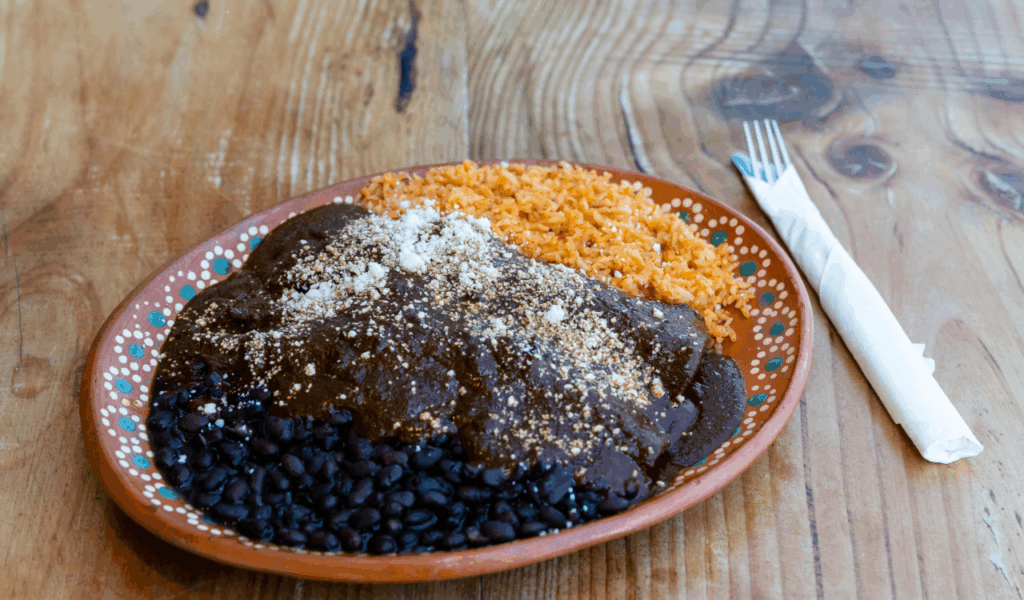
Oaxaca is known for its rich spice palettes, indigenous corn traditions, mezcal, tlayudas, chapulines (grasshoppers), and complex moles. Depth, ancestral cooking, and respect for ingredients are more important than ostentatious cuisine. Heirloom corn, regional herbs, chiles, and traditional dairy products are available at markets. Mole tastings, mezcal tours, local cooking classes, and candlelit dinners in courtyard patios are all possible components of a culinary vacation here. It’s more about spiritual nourishment than scale.
12. Barcelona, Spain
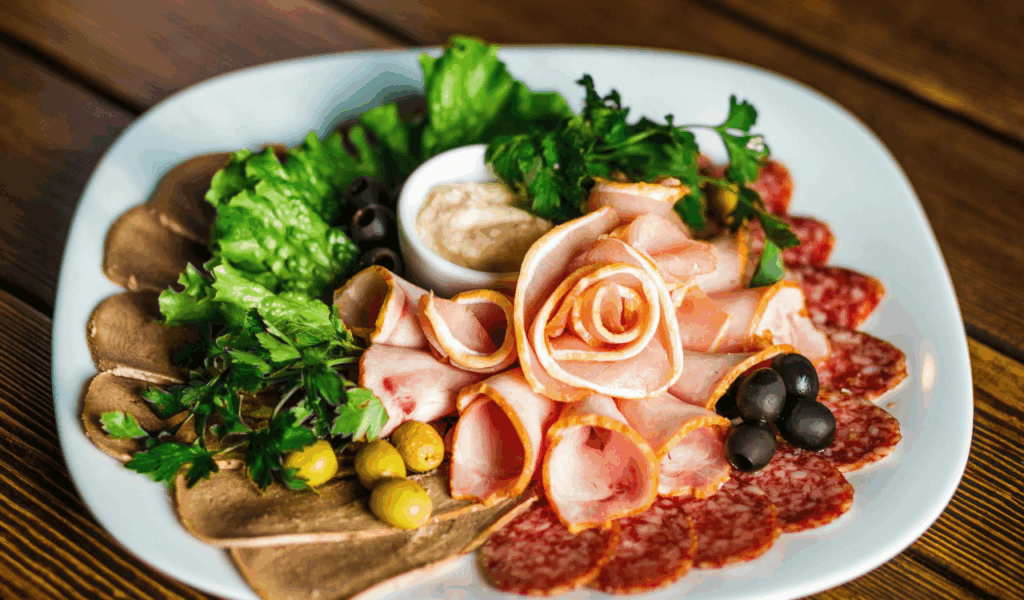
Barcelona blends Mediterranean seafood, tapas, vermouth culture, Catalan regional identity, and cutting-edge dining establishments. You will alternate between modernist tasting menus, tapas crawls, seaside grills, and markets (such as La Boqueria). Paella, fideuà, jamón ibérico, crema catalana, fresh shellfish, and more are all part of the city’s rich culinary legacy. Here, traditional dishes are combined with innovative cooking techniques. Every evening, you can take a walk, enjoy some wine, nibble on some tapas, and follow your hunger.

